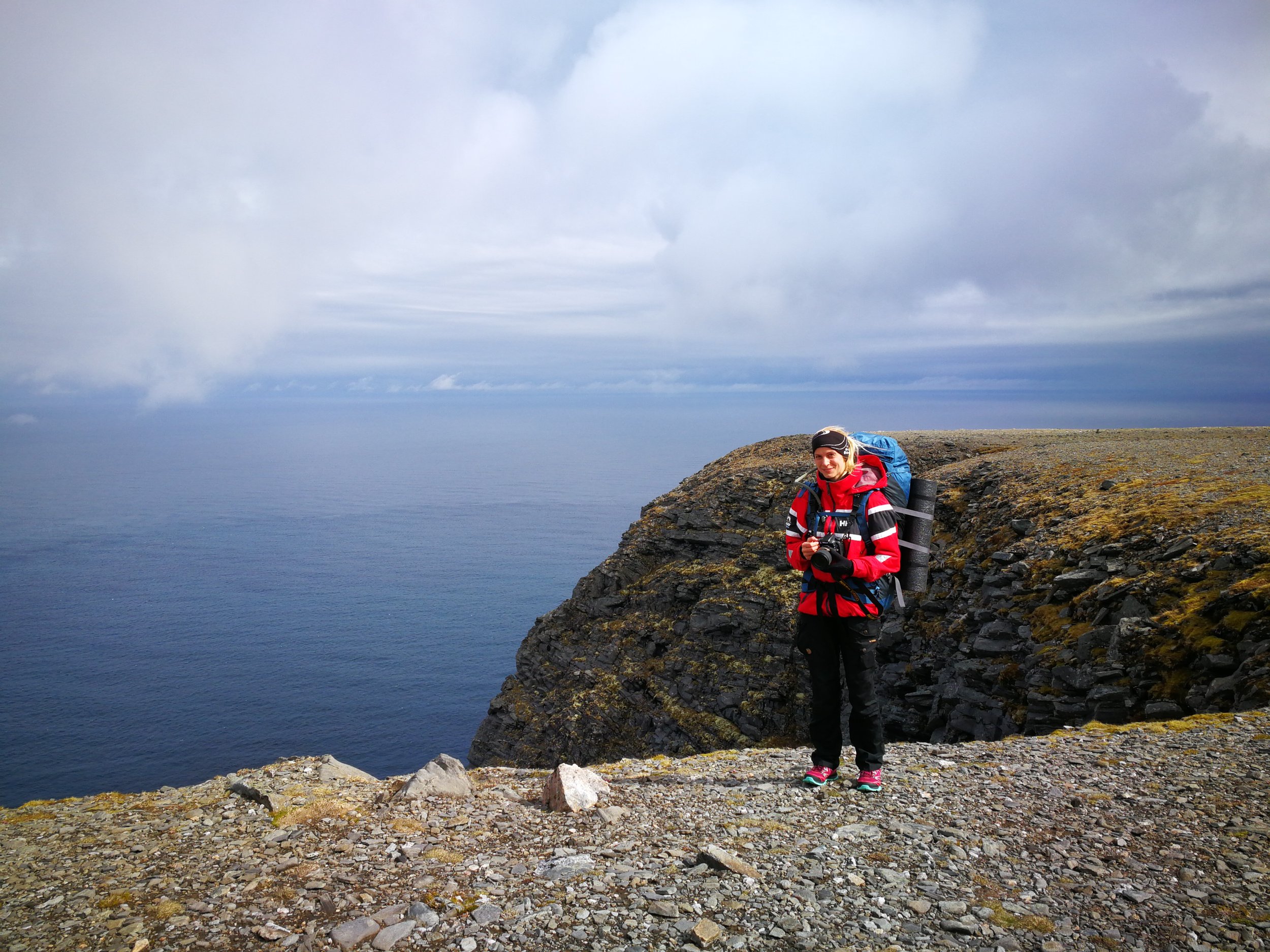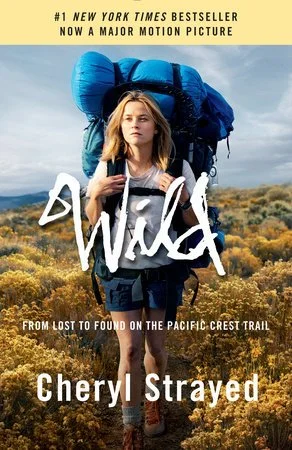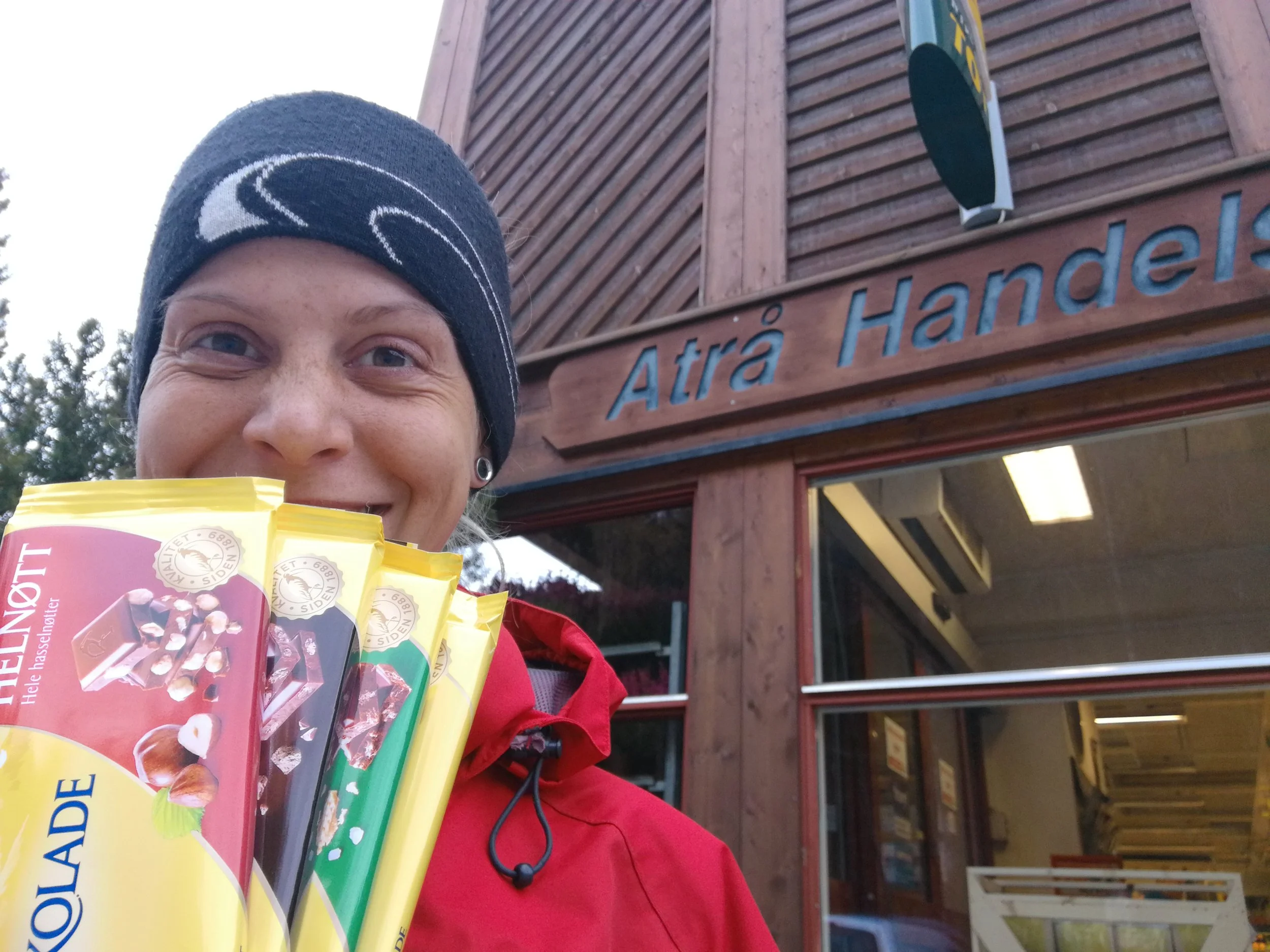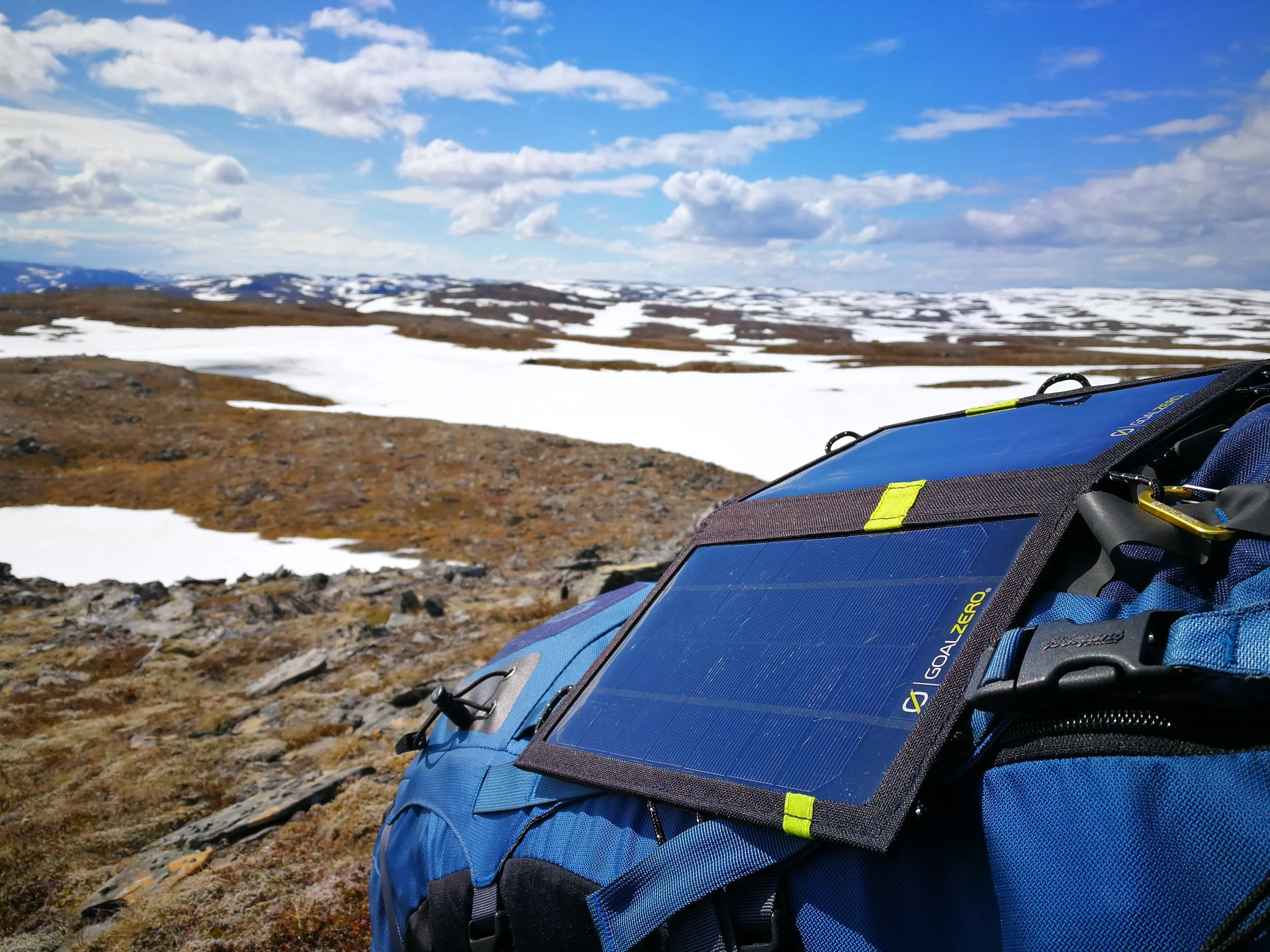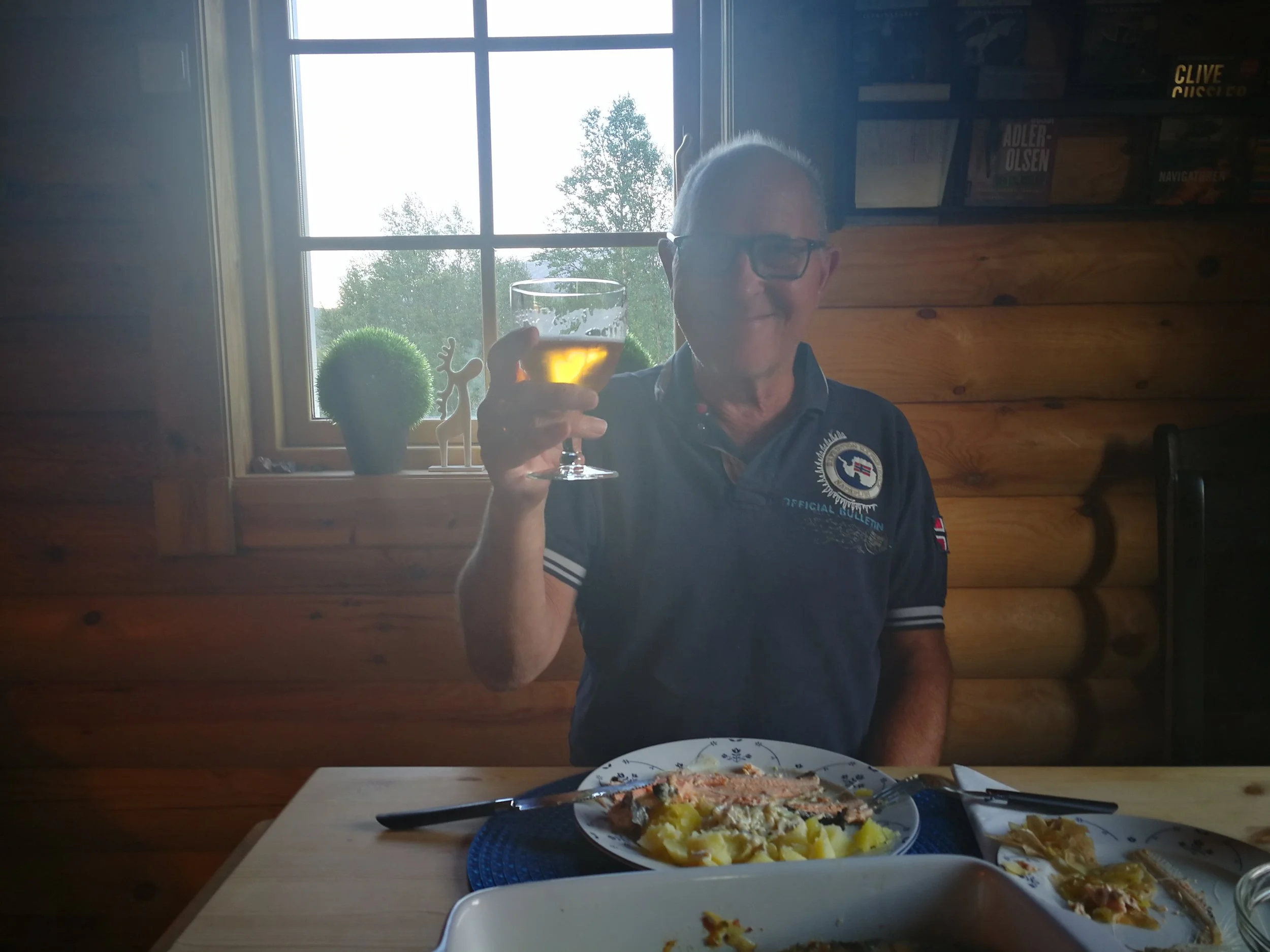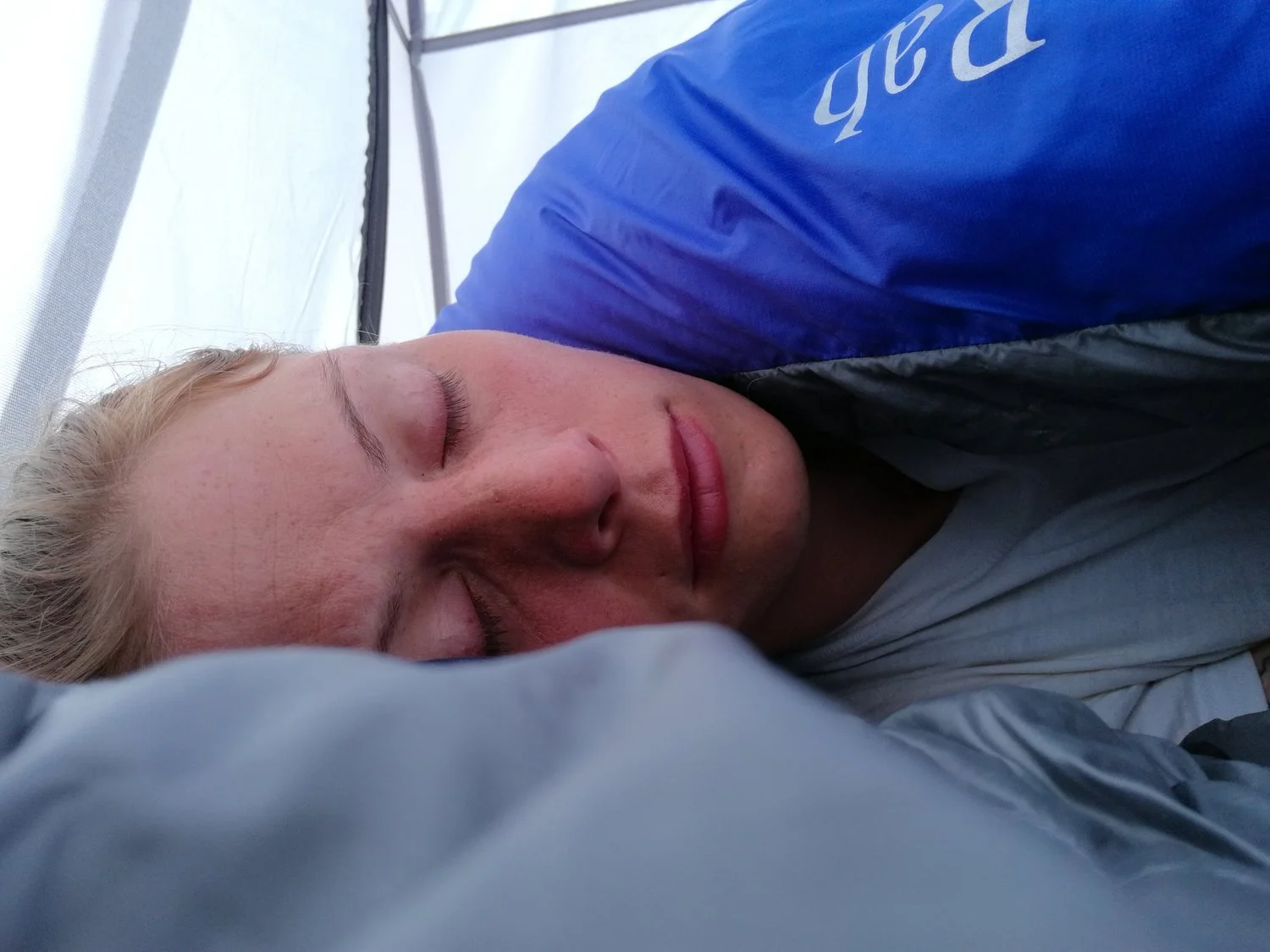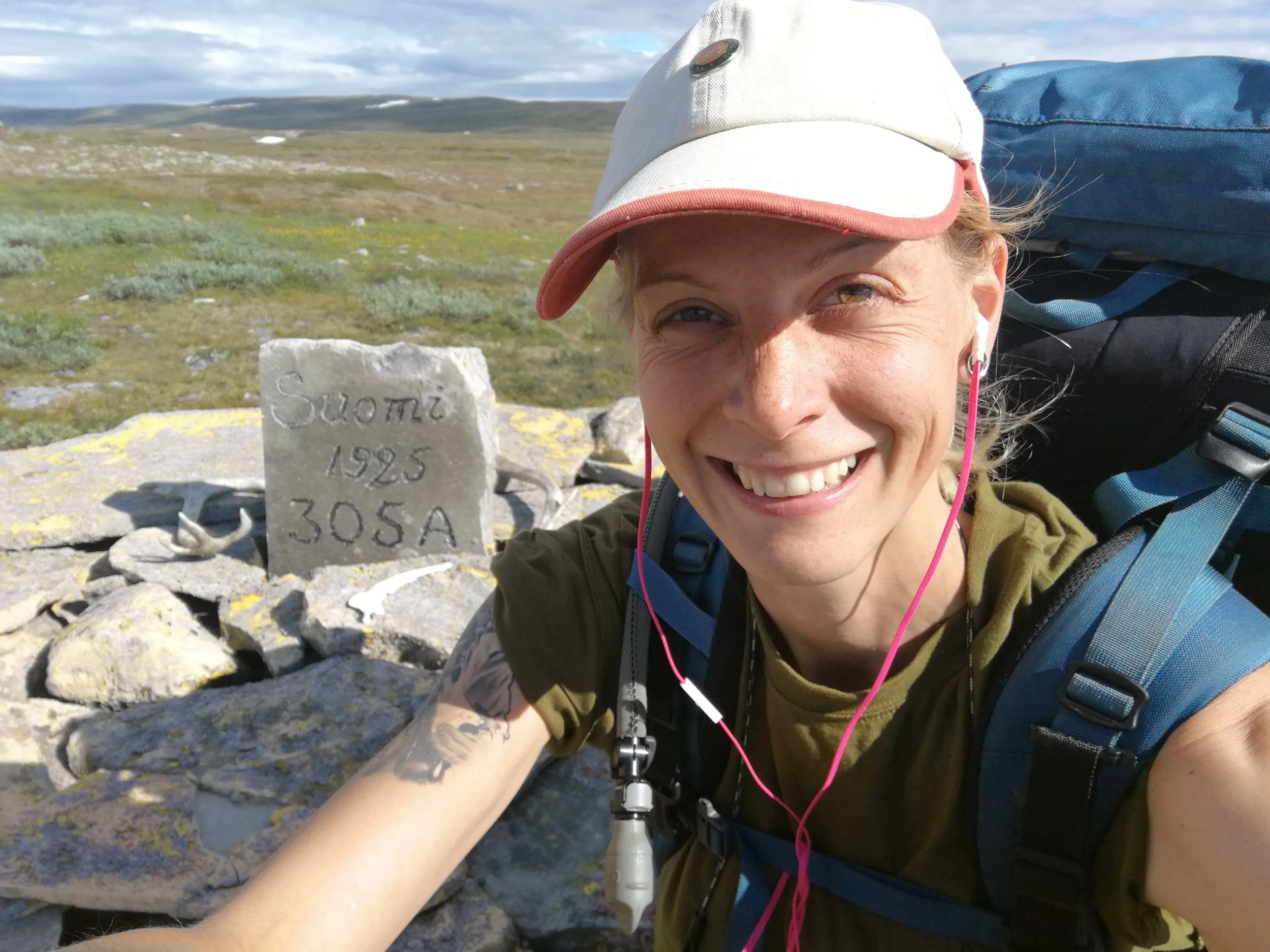Q&A - PART 1
Thank you so much for all your questions, it was so fun for me to go back in time and re-live my journey by answering them.
I keep receiving questions, so I decided to make a two-part Q&A.
Two students from Volda University College called me for an interview related to their bachelor’s in physical education, and they too had a lot of interesting questions.
So, without further ado, here’s the long-promised Q&A, I hope you will enjoy it.
Did you have any experience before you started?
I had some experience from the Norwegian army, where I learned about tent life and survival (food, clothing, first aid), but I had no experience with thru-hiking or any kind of long-distance hiking really.
I started training in February, by building up strength and stamina, gradually adding weight and distance. By the time June arrived, I felt pretty confident that I would manage the task to carry around everything I needed for four months.
I have always loved being outside, being in nature, hiking, skiing, living in a tent, etc. The minimalistic way of living always appealed to me, so what could be more fitting than to live out of a backpack, I thought. To eat when I was hungry and sleep when I was tired. Other than that, I would just be walking. How hard could it be?
When did you start to plan?
I started by doing a lot of research, like looking at maps and reading blogs of other NPL hikers. In October, I got in contact with Andreas who walked through Norway in 2015. Our Skype session consisted of approximately a million questions from my side, and kind and helpful as he was, he not only answered them all, he even sent me his itinerary and his gear list. Most illuminating, and at once I started to gather everything I had of equipment that might come in handy.
In February, the planning process started for real. To plan my itinerary, I was studying maps for hours every day, trying to find the best route. I had to measure every distance, in order to figure out when I needed resupply, the route had to take me to close proximity of a post office or a shop every once in a while, and I wanted to walk on a marked trail as much as possible, as my map and compass skills are not highly developed (I used ut.no for planning, here you can see all the trails marked by The Norwegian Trekking Association (DNT)).
I also had to start buying equipment, and as I wanted lightweight gear with top quality, I couldn’t look for the cheapest alternative. I thought the perfect solution would be to get sponsors, but this proved more difficult than I thought. Finally, I got in contact with Nordeca, and they could give me 50% off all the maps I needed (which I was extremely grateful for, as I needed 38 maps and the full price would be more than €800).
I also had to plan and buy 4 months of food, and this I thought, was the tricky part. But I got a lot of help. Friends from the army sent me instant meals (which saved me a lot of money), people sponsored me with chocolate, my boyfriend helped with preparations, and my parents took care of the resupply boxes and sent them to me at the planned time and place.
I was done with everything the evening before I left for North Cape.
What was your motivation to start and complete a trip like this?
The first time I got the idea, was about 6 years ago when I heard about a girl hiking through Norway. I thought it would be a cool way to test myself, to see if I would be able to go through with such a long trip.
In 2015, I saw the movie “Wild,” where Reese Witherspoon is portraying Cheryl Strayed (who hiked the Pacific Crest Trail) I was sold. I WAS going to walk through Norway.
As time went on, I got another objective for my long journey. From what my research told me, it was going to be just as much a mental challenge as a physical one.
My goal was therefore to get a deeper understanding of who I truly am, to figure out my strengths and my weaknesses, my boundaries and limits. But most of all, I wanted to grow in my heart.
The way Cheryl Strayed inspired me, I wanted to inspire others. Honesty was the key, I wanted to show my failures and my bad days as well as my successes and my good days.
A true pilgrimage.
What was your budget?
Not knowing what I was in for, I thought it was going to be a saving-money-project, but once I started planning for real, my budget ended up being approx. NOK 33 000 (€ 3 450).
Because I wanted lightweight equipment of top quality, and because I had to buy all the equipment and 4 months’ worth of food beforehand, the amount seemed quite high. But I knew it was worth it.
But I spent more money than my budget said. To sleep in a cabin was very tempting when the rain was pouring down. And the shops I passed, became like a singing muse, luring me inside to buy all kinds of food I had been dreaming about while walking… and chocolate…
So I could definitely have used less, but again, totally worth it. And what is more, so many of my followers on Facebook transferred money to me during my journey, with encouraging messages such as: “Here’s so you can afford to stay in a cabin tonight”, or “Here’s for chocolate, stay strong”. Bless you!
A rough budget:
Food – NOK4 000/ €415 (which is not much, but thanks to my army buddies, my instant meals were free)
Resupply shipping - NOK2 000/ 210
Gear & Clothes– NOK20 000/ €2075
Airplane ticket – NOK2 000/ €210
Cabin stays – NOK4 000/ €415
DNT membership - NOK790/ €82
Who’s Mr. Skywalker?
My 25kg backpack. I named him after my brother's girlfriend, Elisabeth had told me about her own pilgrimage experience. She said she got used to her backpack after a week or so, that she felt the extra load kept her more grounded, more connected to the earth. I've never thought of it that way before, and I found it very encouraging.
Did you sleep in a tent every night?
No, not every night, but I truly came to love my little shelter.
The Norwegian Trekking Association (DNT) has built cabins for hikers and travelers along the way. As a member, you’ll get a key and can use these cabins.
I definitely used the cabins more often than I had planned. But there is one thing to plan a trip and another to walk the walk. As I mentioned earlier, when the rain was pouring down, or if I hadn’t had a good night sleep in a long time, a fireplace and a warm bed was just too tempting. Thanks to my sponsors on Facebook and good friends and family, I was able to use the cabins as often as I did.
Tent: 68 nights
Cabin: 24 nights
Motel: 3 nights
Van (when my boyfriend visited me): 21 nights
Private persons inviting me into their homes: 3 nights
Anders, an up and coming musician from Fauske - on our way to his cabin where we ate a delicious dinner before watching a movie
Tor Sigurd - Saltfjellet. "I feel like a grandfather doing the best he can.”
Mikkel at Madam Bongo's Fjellstue, Kautokeino, here showing me his videos of owls.
What did you eat?
- Instant meals. As they are so easy to prepare (add water only) and contain enough required calories. However, they are also expensive (€10-12 per meal), and you get stuck with a lot of waste (that you incidentally need to carry around, sometimes for weeks before you can get rid of it). Another reason why I wouldn’t eat instant meals for a longer period of time is that it contains a lot of chemicals and added ingredients I normally wouldn’t put in my body. It’s hard to digest, and after a while, they all taste the same.
- Noodles. not nearly enough calories. But again, extremely lightweight, and it was nice as a quick, warm meal on a cold and windy day.
- Rice. a complete fiasco quickly switched out the prepared bags of rice to either noodles or instant meals.
- A mixture of lentils and quinoa. My absolute favorite. It filled my stomach well and just by adding some spices, it was a truly delicious meal.
- Soups. I love soups!
- Nuts and dried fruits. I wouldn’t have survived without them. A great source of fat, sugar, and energy.
- Chocolate. In the beginning, I barely ate any, but for fear of losing too much weight, I increased my intake of chocolate. Yes, it is a source of energy, but not a very good one, as the energy level based on something with that high sugar content, will not last very long.
How did you get your boxes of resupply?
I had planned 4 months of food, and looking at the route I had planned out, I could send packages with food and gas to certain addresses along the route. In the north, it was mostly in the wilderness, rarely in near proximity of a post office or a shop. For those occasions, I contacted some DNT cabins and asked if I could send and collect a package on the said date. Everybody I got in contact with, was eager to help.
If you send your package as "Poste Restante" it can stay in the post office you send it to for 3 weeks.
Two helpers I want to mention are Sven-Erik and Tove at Vokterboligen. Not only did they collect my package and brought to the cabin for me, but they had also been to the shop and bought me food, AND I got to stay in the cabin one night for free (the cabin included a shower, sauna, fireplace and soft beds, definitely a cabin I would recommend).
What did you learn along the way?
To hike the country you’re visiting is for me the best way of experiencing it. When I walked through Norway, not only did I see the beautiful nature, but the people I met, were open and happy, friendly and helpful. They were individuals and families who wanted to get away from the city and the stressful everyday life. They told me that in the period they were in nature, they felt free. Free to just enjoy the moment. They would talk to strangers, smile, encourage, and share experiences.
Three happy fishermen from Switzerland
Reisadalen, Troms
A local guy who saw my tent and wanted to say hello
Austerbotnen, Finnmark
Swedish couple, Pia og Hasse, was busy making a documentary while hiking the "Nordkalottleden" - Vuomajavri, Troms
When I asked them if they could bring this insight of enjoying the moment into their lives back in the city, they all said no. “That´s not possible, because there are bills to be paid, and appointments and meetings to attend.
This really made me think. Because I also felt it was so easy to enjoy the moment, to just be in the here and now when I was out walking. But would that feeling disappear once I was done with my trip? Bills, appointments, and meetings should not be equal to a stressful lifestyle, should it? Are we living for those two weeks in a year where we can escape it all?
I thought that if that`s the case, we should start rethinking our lifestyle.
To earn money is in focus, and in this society, we need money to survive. But what should be in focus is that we do what we love to do, and get paid for doing it, not the other way around.
I got a lot of insights along the way and learned a lot about myself and my behavioral patterns.
What made me stressed, pissed off, afraid, happy, etc. To get it all in 4 months was quite extreme, but when I was done with my journey, I felt stronger than ever (even though I was dead tired and not able to walk straight).
I realized that I was responsible for my own feelings, for my own happiness.
Have you used what you have learned later?
Yes, I have applied it to my personal growth, I have grown so much since my trip last Summer. It’s only when you see and understand your behavioral patterns, that you can make changes.
And the realization that I am responsible for my own happiness, I think, sets me free. Then I am not depending on everyone around me to act in a certain way for me to feel good.
During your trip, did you ever want to quit?
Yes. Day 8, 36, and day 98. Extremely tough days.
How was it to be alone, were you not afraid?
I think by being alone, I learned much more about myself than if I’d been in the company of others.
There could be weeks where I was without a phone signal, and I had no GPS, so I had to make decisions on my own and I had to trust them.
I got in contact with my inner fears; fear of getting lost, of getting hurt, of being alone. Topics like abandonment, loneliness, and distrust came up in times of great despair. And as I had no distractions, no TV to watch, and no friends to visit, I was forced to go through those emotions, one by one (which I am so grateful for, because that is how you grow).
Sometimes I felt extremely lonely, especially when I met couples or families hiking together.
Around day 36, when I found myself in the middle of the Narvik mountains, the feeling of loneliness peaked, and I just wanted to go home. On top of a mountain, I was lucky enough to get some signal on my phone, and I was able to contact Simon and make him promise to come and visit me. He reassured me that he would come at the beginning of September, and that became my drive for a long time.
Of course, I was afraid. I was afraid a lot! Afraid of getting lost, being abandoned, not having enough food, not being able to complete my journey, getting hurt, falling into the river, or dying (on one occasion only). But as I said, I learned a lot from my fears.
What kept you going?
Not fixating on the final destination and all the remaining kilometers, but focusing on the here and now, to enjoy the moment. My constant mantra was: “Step by step, day by day.”
